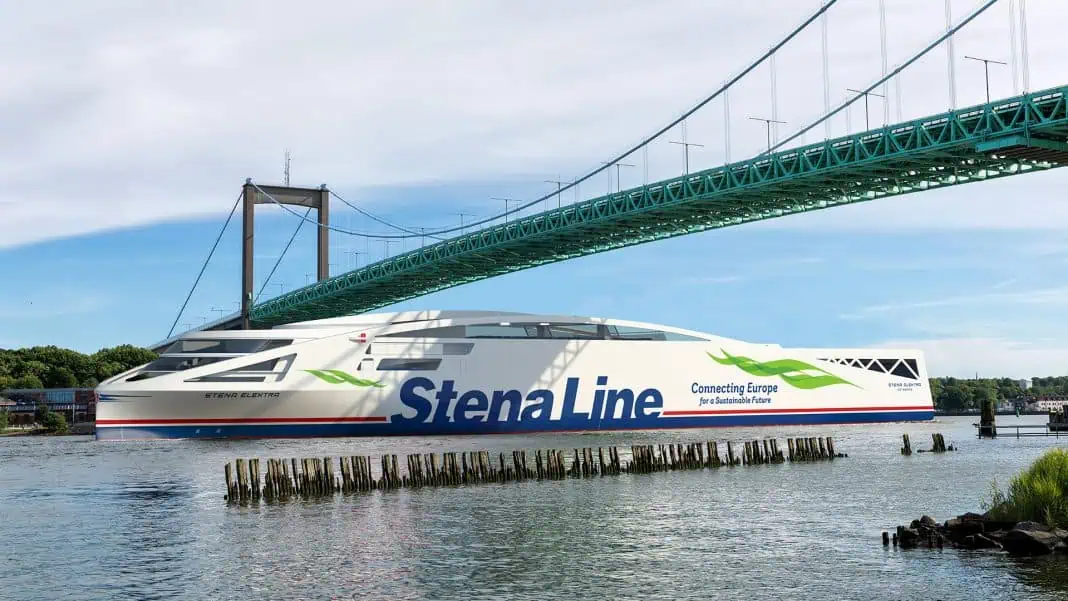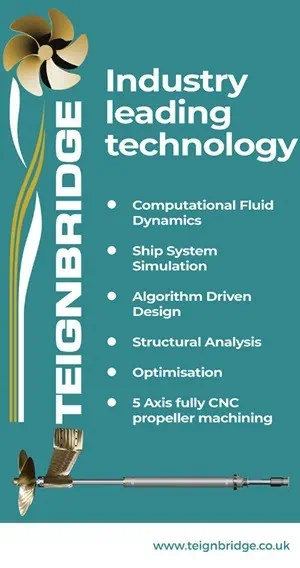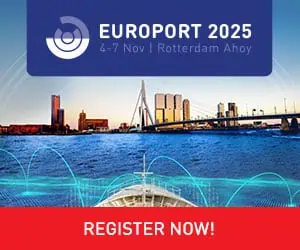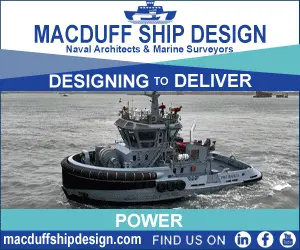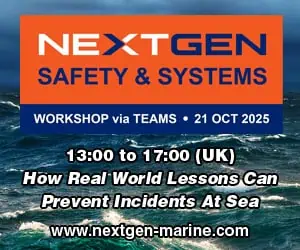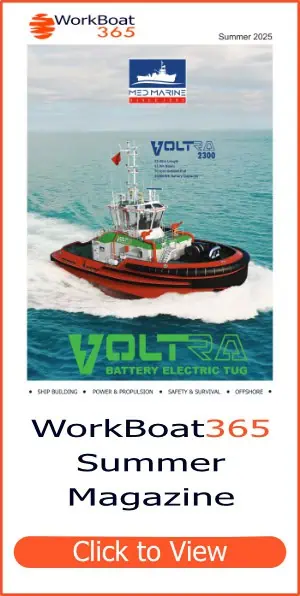Cutting CO2 emissions by 30 percent, in absolute numbers, is a bold statement for Stena Line that is already 10 years ahead of international maritime emission targets. Why such a big leap?
“It is a balance between our customers’ expectations, legal requirements on the horizon and our own level of ambition. When we crunched the numbers and figured out what we could manage with known technologies and a lot of work, we found that we could reduce emissions by 21 percent. But our ambitions are higher than that. To reach 30 percent we need to take some serious actions and explore all possibilities,” says Erik Lewenhaupt, Head of Sustainability at Stena Line.
Four areas of action
An important part of all sustainability work is to be transparent, especially when there are many unanswered questions looming ahead. But Stena Line has identified four areas of action that will be key in the decade to come.
Alternative fuels
One of the primary actions is to further explore alternative fuel. When cutting down emissions, it all comes down to using better fuel and less fuel. When addressing better fuel – biomethanol, hydrogen and fuel cells are some of the options Stena Line is looking into. When exploring alternative fuels, it’s important to be open to options that might become more viable in the future.
Electrifying the shipping industry
Another area growing in importance is electrification: it will play a major part in the future of the shipping industry. Stena Line’s battery-powered ferry Stena Elektra – which will be in service between Gothenburg and Frederikshavn before 2030 – is just one example. However, there are several challenges ahead. Not least the price – a fully electric ferry is estimated to cost about one-third more than a conventional vessel.
The infrastructure isn’t there yet either. Few ports, let alone regions, have what it takes to charge a fully electric ferry. Stena Elektra will require a power supply of 30 MWh for a one-way trip, equal to the daily power consumption of 850 houses.
Modernizing the fleet
There are two ways to modernize a fleet of ferries. One is to build new and more fuel-efficient ships, like Stena Line’s five new E-Flexer vessels. The other is to upgrade existing ones. This is something that Stena Line is already doing, and in the coming years, these efforts will be even more important.
“Since our ships have such a long lifespan, we rebuild them continuously to make them better and more efficient. When a car is 15 years old, it feels dated. But when one of our ships is 15 years, it is in its prime,” says Erik Lewenhaupt.
Initiatives can vary, from small things such as optimizing fans and ventilation on-board, to larger projects such as changing propellers and redesigning bulbs to make them more hydrodynamic. In the last couple of years, 360 projects aiming to modernize existing ferries has already been completed.
Change behaviors
The fourth area of action is behavior change. To make a difference, all people involved need to think and act differently. Collaboration between ship and shore is key to increasing punctuality and finding new ways to operate ships more efficiently will have a great effect on fuel consumption. To further aid its captains and crews, Stena Line is developing tools for better decision support. One of them is the AI assistant Stena Fuel Pilot, which is currently rolling out fleet wide and has potential to cut fuel consumption by up to five percent per trip.
A decade of action
The years leading up to 2030 are what Stena Line calls a decade of action. There is no single solution to the complex matter of cutting CO2 emissions by 30 percent by 2030, especially when the numbers are absolute. But Stena Line is committed.
“When you talk about relative numbers, you reduce emissions by X percent per transport. In this way, the ships become more efficient, but it says nothing about the total amount of emissions. When Stena Line says that we will cut our C02 emissions by 30 percent, we talk about the total amount of emissions regardless of the number of ships. That’s what we must do. Because in the end, all emissions must go down to zero,” Erik Lewenhaupt says.



